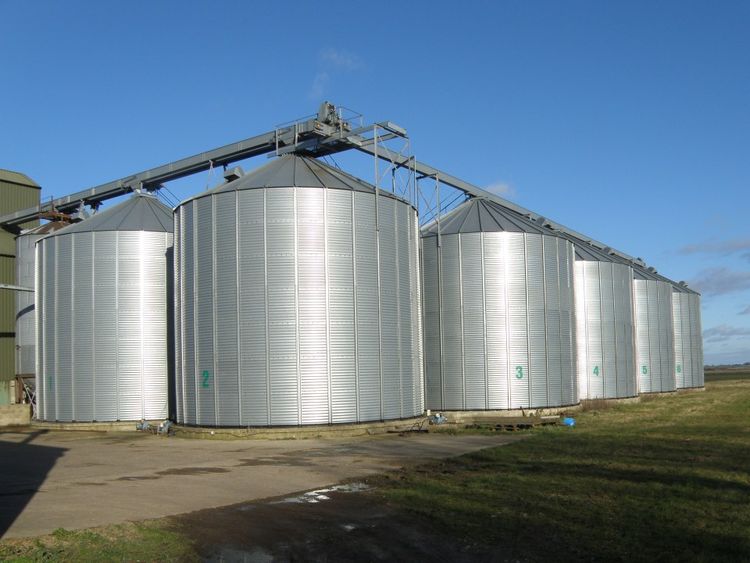Why Your AI Data Project is Likely to Fail - and How to Reduce the Risk

What if you already knew that, even before you started your current project (or story or initiative), your chances of failure were an astronomical 80%? This incredible discovery was the indication from a recent Gartner paper - which controversially asserted that only 20% of all AI data analytics insights will deliver business value! There can be little doubt of how extremely concerning this assertion must be for some, and perhaps even - more so - scary for others.
So, how can we best identify and address such causes of failure?
The Value of Data - Success and Failure
A Mckinsey report suggests that data and AI could be worth no less than $13,000,000,000,000 to the global economy. Should a previous Gartner paper be applied, this would mean that over $10,000,000,000,000 is potentially wasted - given failures, undelivered and unrealised value. This staggering figure is more than the economies of the UK, France and Germany - combined.

How to Reduce the Chance of Failure
Given such doom and gloom, it is pertinently important to ask ourselves three fundamental and leading questions:
#1 - Did it start with why?

Are the benefits clear - not just to you but to all stakeholders? Do all concerned know the value expected to be achieved by the project, story or initiative? If - as keenly advocated by Simon Sinek - all parties understood WHY, then we would be able to inspire budget holders to invest in our ideas and we would be able to make more intentional choices for our organisations. Without a clear understanding of "what is the opportunity cost of doing this as opposed to any one of the alternative items on the work stack", without a clear position on "what is the current organisational appetite for this solution", without clear alignment on "what is the specific problem this solution is trying to solve", our current project (or story or initiative) has an extremely good chance of failure.
#2 - Is it safe to fail - is it conducive to learn?

When a scientific experiment fails, the knowledge gained from such failures - rather than being hidden - are taken forward into the next experiment. In fact, failure is such an engrained aspect of scientific advancements that it is not only expected but actively anticipated.
So, whilst it is difficult to argue "for" failures being enjoyable (at least for most) it is perhaps just as difficult to argue "against" failures being incredibly beneficial - for learning, for development and for advancements.
So, why isn't more done to capture and share these incredibly rich source of knowledge - outside of science and across organisations, more broadly? In "Blackbox Thinking", Matthew Syed sights the threat to ego, to reputation, to vanity as a key factor and in a previous blog, I additionally explored how environmental factors - such as leadership and true empowerment (even when things go wrong) - as key contributors.
Jan Teichmann goes further - to look critically at specific issues regarding issues regarding delivering value from data science and how the level of maturity of the technical environment could play a significant role.
#3 - Have we dared to step outside the box?

Facebook, Amazon, Netflix and Googles are worth more than the entire economies of Spain and Sweden combined. So, could organisations with significantly less financial muscle learn much from such giants - and could any such lessons learnt be applicable to smaller companies?
The simple answers should be: Yes and Yes.
An example to help illustrate this might be in warehouse management and implications for fulfilment. Traditionally, warehouses are sorted, ordered and grouped such that similar items are stacked and shelved together. Pretty efficient, right? Well not so, if you asked Amazon - who have turned this traditionally broadly accepted model completely on its head. For instance, in a typical Amazon Now warehouse, items are sorted, ordered and grouped such that items typically order together are stacked and shelved together - on the basis of data analysis of typical consumer orders and behaviour. This re-thinking (outside the "traditional" box) is one of the many innovations that enable Amazon do the seemingly impossible - with its logistics and other operations - by daring to (not just think but actually) step outside the box.
When considered, three key things might immediately come to mind:
- If explored, data can drive significant innovation
- Speed matters - for harnessing our data and for satisfying our customers
- Perhaps most crucially, thinking outside the box limits the failure to deliver value
A summary in Failure
So, when we think about failure and when we think about how best to mitigate it, we would be better served to consider contemplating "why", consider creating safe spaces to "learn" and consider "daring" to "think outside the box".






Member discussion